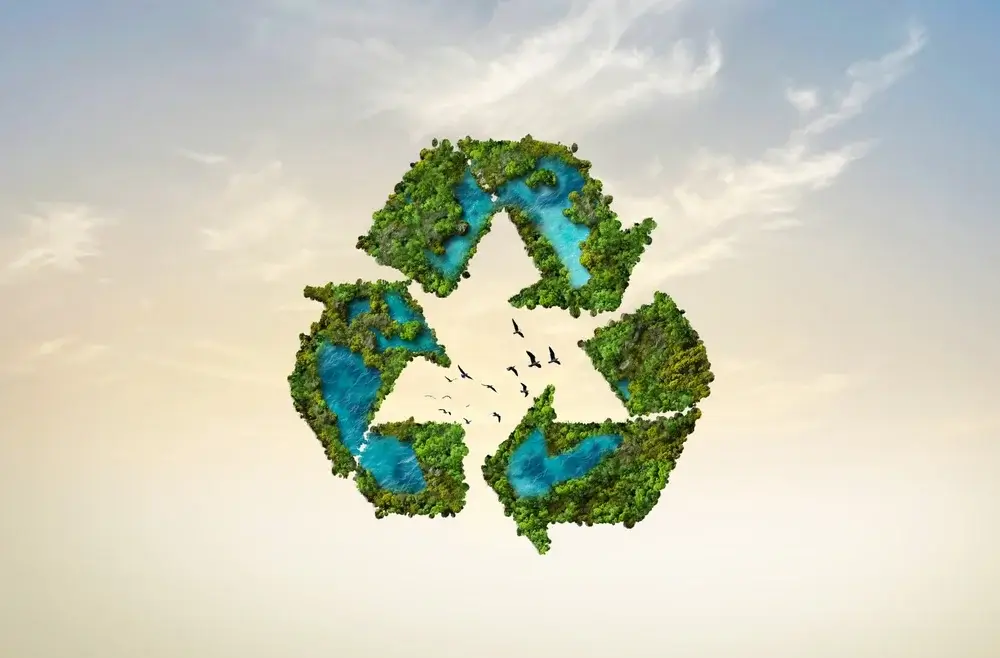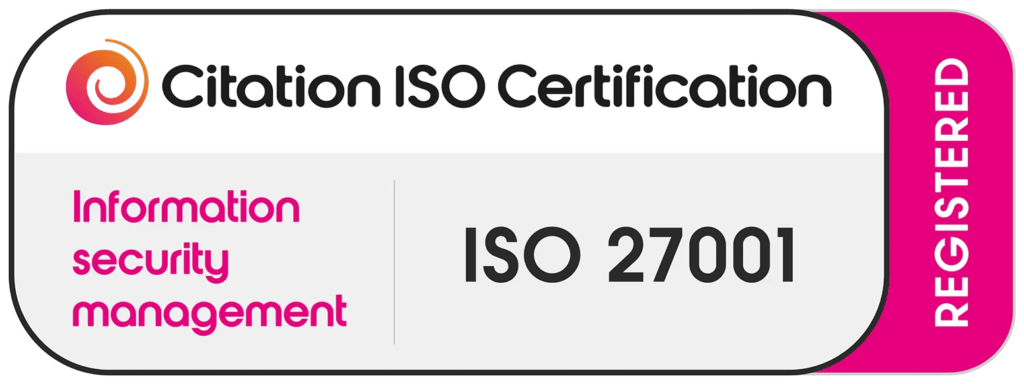Introduction
What is WEEE? A Simple Explanation
What is WEEE? & WEEE stands for Waste Electrical and Electronic Equipment, which includes any discarded electrical or electronic devices. This can be anything from old televisions and computers to mobile phones and refrigerators. As technology rapidly advances, the volume of electronic waste (e-waste) has skyrocketed, making proper e-waste recycling and electronic waste disposal more critical than ever.
Why Should You Care About It?
The improper handling of e-waste can lead to severe environmental and health consequences. WEEE compliance ensures that electronic waste is managed responsibly, reducing pollution and promoting the recovery of valuable materials. Understanding WEEE regulations and participating in the WEEE recycling process can help both individuals and businesses contribute to a healthier planet.
Understanding WEEE (Waste Electrical and Electronic Equipment)
What Qualifies as WEEE?
WEEE waste includes any discarded electrical or electronic items, whether functional or not. Examples include:
- Small household appliances (toasters, kettles, hairdryers)
- Large appliances (washing machines, refrigerators, air conditioners)
- Consumer electronics (smartphones, TVs, laptops)
- IT and telecommunications equipment (routers, printers, monitors)
Common Household & Industrial E-Waste Items
Industries also generate a significant amount of WEEE, including medical devices, automatic dispensers, and electronic tools. Proper e-waste management helps ensure that these items do not end up in landfills, where they can leak hazardous substances into the environment.
The Birth of WEEE Regulations
How the WEEE Directive Came Into Existence
The WEEE directive was introduced by the European Union in 2003 to tackle the growing issue of electronic waste recycling. The directive sets guidelines for the proper collection, treatment, and recycling of e-waste to minimize environmental harm.
Key Countries Leading WEEE Regulations
Countries like Germany, Sweden, and the Netherlands have implemented strong WEEE regulations to encourage businesses and consumers to recycle their old electronics responsibly. The WEEE directive 2024 updates continue to refine these laws, making them more effective in reducing e-waste.
The Growing E-Waste Crisis
Shocking Statistics on Global E-Waste
- The world produces over 50 million metric tons of e-waste annually.
- Only 20% of e-waste is properly recycled, while the rest is dumped or incinerated.
- E-waste is expected to reach 75 million tons by 2030 if current trends continue.
How Much E-Waste Do We Produce Every Year?
Each year, the amount of electronic waste increases due to rapid technological advancements. Without efficient electronic waste disposal strategies, this crisis will continue to worsen.
Environmental Dangers of Improper E-Waste Disposal
Toxic Materials Found in E-Waste
E-waste contains hazardous materials such as:
- Lead (found in old CRT monitors and TVs)
- Mercury (in flat-screen displays and fluorescent lamps)
- Cadmium (in batteries and semiconductors)
How It Pollutes Our Air, Water, and Soil
Improper e-waste disposal leads to:
- Air pollution: Burning e-waste releases toxic fumes.
- Water contamination: Heavy metals seep into water sources.
- Soil degradation: Chemicals leach into the soil, affecting plant and animal life.
The Hidden Health Risks of E-Waste
How E-Waste Affects Human Health
Exposure to toxins in e-waste can cause severe health problems, including:
- Neurological disorders
- Respiratory issues
- Kidney and liver damage
Impact on Workers in Recycling Facilities
Poorly managed WEEE recycling processes expose workers to dangerous conditions. Many workers in developing countries handle toxic waste without proper protection, increasing their risk of disease.
The Economic Value of WEEE Recycling
Recovering Precious Metals from E-Waste
Electronic devices contain valuable materials like:
- Gold
- Silver
- Copper
- Platinum
How the Recycling Industry Creates Jobs
The WEEE recycling benefits extend beyond environmental impact; electronic waste recycling companies generate employment opportunities in waste collection, dismantling, and materials recovery.
Key WEEE Regulations You Should Know
The WEEE Directive in the EU
The WEEE directive mandates manufacturers and retailers to take responsibility for the disposal of electronic products at the end of their lifecycle.
How Other Countries Are Managing E-Waste
Nations like the U.S., Japan, and China are developing their own WEEE compliance programs to manage e-waste effectively.
Who is Responsible for WEEE Compliance?
The Role of Manufacturers, Retailers & Consumers
- Manufacturers: Must design eco-friendly products.
- Retailers: Need to provide collection points for old electronics.
- Consumers: Must practice responsible e-waste disposal.
How Businesses Can Stay Compliant
Businesses must follow strict guidelines to ensure WEEE compliance for businesses, including proper labeling and recycling protocols.
How Businesses Can Manage WEEE Effectively
Compliance Requirements & Reporting
Companies must report their e-waste collection and recycling efforts to regulatory bodies.
Best Practices for Companies
- Partner with electronic waste recycling companies.
- Train employees on how to dispose of e-waste properly.
- Use eco-friendly materials in product design.
Consumer Responsibilities: What Can You Do?
Simple Steps for Proper E-Waste Disposal
- Donate working electronics.
- Use certified e-waste recycling centers.
- Avoid throwing electronics in the trash.
Where & How to Recycle Your Old Electronics
Search for “e-waste disposal near me” to find local recycling facilities.
Major Challenges in WEEE Recycling
Why E-Waste Management is Still a Struggle
- Lack of awareness among consumers.
- High costs of recycling.
- Illegal e-waste dumping in developing countries.
The Black Market of E-Waste Dumping
Many developed nations illegally export e-waste to poorer countries, causing severe environmental and health issues.
Successful WEEE Management Case Studies
Real-World Examples of E-Waste Recycling Done Right
- Sweden: 99% of household waste is recycled.
- Japan: Strict laws require manufacturers to recycle old products.
Lessons from Countries Leading the Way
These nations demonstrate the effectiveness of strict WEEE regulations and public awareness campaigns.
The Future of WEEE and E-Waste Management
Innovations in E-Waste Recycling
Advancements in WEEE recycling processes include:
- AI-powered waste sorting
- Chemical recycling of circuit boards
The Role of AI and Automation in the Industry
AI-driven robots are improving efficiency in electronic waste recycling and reducing human exposure to toxic materials.
Conclusion
Key Takeaways from This Article
- WEEE waste is a growing global issue.
- Proper e-waste recycling helps reduce pollution and recover valuable materials.
- WEEE compliance is crucial for businesses and consumers alike.
Final Thoughts on the Importance of WEEE Compliance
Understanding and following WEEE regulations can lead to a more sustainable future. By practicing responsible electronic waste disposal, we can protect the environment, improve public health, and create a circular economy.
FAQs About WEEE
1. What is WEEE waste?
WEEE waste includes discarded electrical and electronic devices like TVs, computers, and smartphones.
2. Why is WEEE compliance important for businesses?
It ensures proper e-waste disposal, prevents pollution, and meets legal requirements.
3. How can consumers dispose of e-waste properly?
Use certified recycling centers, return items to retailers, or donate working electronics.
4. What are the benefits of WEEE recycling?
It reduces pollution, conserves resources, and recovers valuable materials like gold and copper.
5. What are the latest WEEE Directive 2025 updates?
Stricter regulations, higher recycling targets, and better e-waste tracking.



